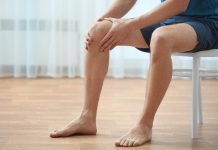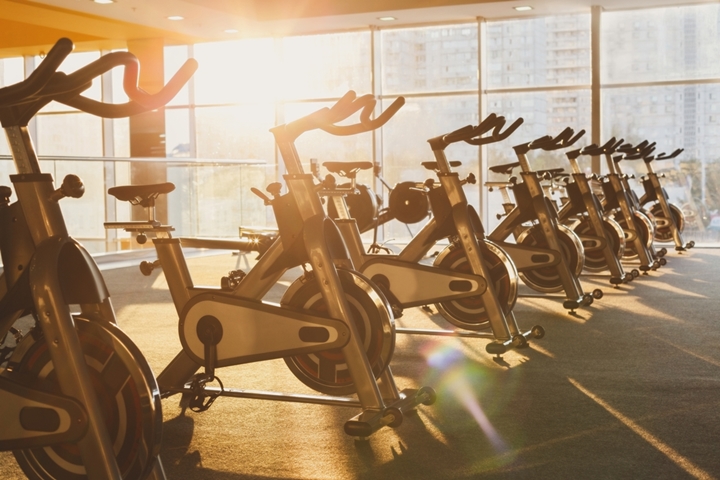 Walking and running are the most popular physical activities for American adults. But whether one is preferable to the other in terms of improving health has long been debated. Now a variety of new studies that pitted running directly against walking are providing some answers. Their conclusion? It depends almost completely on what you are hoping to accomplish.
Walking and running are the most popular physical activities for American adults. But whether one is preferable to the other in terms of improving health has long been debated. Now a variety of new studies that pitted running directly against walking are providing some answers. Their conclusion? It depends almost completely on what you are hoping to accomplish.
If, for instance, you are looking to control your weight — and shallowly or not, I am — running wins, going away. In a study published last month in Medicine & Science in Sports & Exercise, and unambiguously titled “Greater Weight Loss From Running than Walking,” researchers combed survey data from 15,237 walkers and 32,215 runners enrolled in the National Runners and Walkers Health Study — a large survey being conducted at Lawrence Berkeley National Laboratory in Berkeley, Calif.
Participants were asked about their weight, waist circumference, diets and typical weekly walking or running mileage both when they joined the study, and then again up to six years later.
The runners almost uniformly were thinner than the walkers when each joined the study. And they stayed that way throughout. Over the years, the runners maintained their body mass and waistlines far better than the walkers.
The difference was particularly notable among participants over 55. Runners in this age group were not running a lot and generally were barely expending more calories per week during exercise than older walkers. But their body mass indexes and waist circumferences remained significantly lower than those of age-matched walkers.
Why running should better aid weight management than walking is not altogether clear. It might seem obvious that running, being more strenuous than walking, burns more calories per hour. And that’s true. But in the Berkeley study and others, when energy expenditure was approximately matched — when walkers head out for hours of rambling and burn the same number of calories over the course of a week as runners — the runners seem able to control their weight better over the long term.
One reason may be running’s effect on appetite, as another intriguing, if small, study suggests. In the study, published last year in The Journal of Obesity, nine experienced female runners and 10 committed female walkers reported to the exercise physiology lab at the University of Wyoming on two separate occasions. On one day, the groups ran or walked on a treadmill for an hour. On the second day, they all rested for an hour. Throughout each session, researchers monitored their total energy expenditure. They also drew blood from their volunteers to check for levels of certain hormones related to appetite.
After both sessions, the volunteers were set free in a room with a laden buffet and told to eat at will.
The walkers turned out to be hungry, consuming about 50 calories more than they had burned during their hour-long treadmill stroll.
The runners, on the other hand, picked at their food, taking in almost 200 fewer calories than they had burned while running.
The runners also proved after exercise to have significantly higher blood levels of a hormone called peptide YY, which has been shown to suppress appetite. The walkers did not have increased peptide YY levels; their appetites remained hearty.
So to eat less, run first.
But on other measures of health, new science shows that walking can be at least as valuable as running — and in some instances, more so. A study published this month that again plumbed data from the Runners and Walkers Health Study found that runners and walkers had equally diminished risks of developing age-related cataracts compared with sedentary people, an unexpected but excellent benefit of exercise.
And in perhaps the most comforting of the new studies, published last month in Arteriosclerosis, Thrombosis and Vascular Biology and again using numbers from the versatile Runners and Walkers Health Study, runners had far less risk of high blood pressure, unhealthy cholesterol profiles, diabetes and heart disease than their sedentary peers. But the walkers were doing even better. Runners, for instance, reduced their risk of heart disease by about 4.5 percent if they ran an hour a day. Walkers who expended the same amount of energy per day reduced their risk of heart disease by more than 9 percent.
Of course, few walkers match the energy expenditure of runners. “It’s fair to say that, if you plan to expend the same energy walking as running, you have to walk about one and a half times as far and that it takes about twice as long,” said Paul T. Williams, a staff scientist at Lawrence Berkeley National Laboratory and the lead author of all of the studies involving the surveys of runners and walkers.
On the other hand, people who begin walking are often more unhealthy than those who start running, and so their health benefits from the exercise can be commensurately greater.
“It bears repeating that either walking or running is healthier than not doing either,” Dr. Williams said, whatever your health goals.
For confirmation, consider one additional aspect of the appetite study. The volunteers in that experiment had sat quietly for an hour during one session, not exercising in any fashion. And afterward they were famished, consuming about 300 calories more than the meager few they had just burned.


 Traqade
Traqade































Nice blog
Loblaws, a leading Canadian grocery retailer, values its customers’ opinions and offers a survey to gather feedback. As an incentive to participate, Loblaws has announced an exciting reward for survey winners. By taking the survey at the official Loblaw survey page – https://storeopinion-ca.me/, customers stand a chance to win a generous prize of a $1000 Optimum Pc gift card. This gift card can be utilized for various purchases at Loblaws stores, providing customers with a convenient and valuable opportunity. Loblaws encourages its customers to take part in the survey and share their valuable feedback for a chance to win this enticing prize.